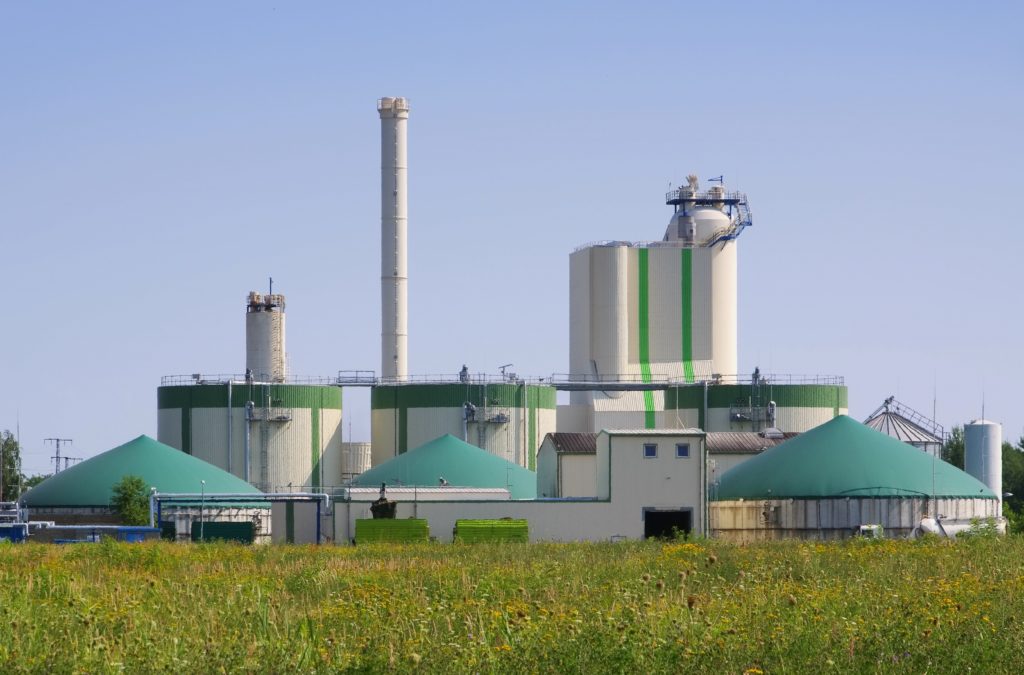Biogas emanation : a ppm detection thanks to the laser spectroscopy technology

The least penalizing leak is always the one that could be avoided.
The detection of methane emissions is important for biogas plants and more specifically for injection plants. As explained by Alan Vidal, the Chief Executive of Gazomat, this detection can be achieved thanks to laser technology.

Alan Vidal, the Chief Executive of Gazomat
What are the main challenges in terms of detecting biomethane leaks on biogas plants ?
First of all, remember that methane is 25 times more impactful than CO2 in terms of greenhouse-gases effect. Its detection can be curative or preventive. However, injection plants are still recent. The curative dimension is therefore limited. Hence, preventive monitoring ensures the optimum performance of the installation. It also helps to prove the absence of leakage to the control bodies, knowing that regulations aim to be strengthened in this field. Emission monitoring can be achieved thanks to the laser spectroscopy technology which measures the smallest presence of methane from sub-ppm up to 100% gas volume. Available in portable or fixed versions, this technology can be 100% methane selective to avoid any interference with other molecules. It can also be multi-gas which allows the control of during the checking operations of CO2, O2 or H2S, before injection of biomethane.
« Automatic sending of alerts or pre-alerts to prevent and anticipate leaks »
How the spectroscopy laser technology is different ? 
There is no risk of alteration of the measurement with this technology, because the source of the laser beam is isolated from the aggressive medium, unlike detections based on a chemical analysis. It therefore has a long service life. Previous feedback showed that we are well over 10 years. Therefore, laser spectroscopy works with very low onboard energy. Undeniably, the laser technology is bound to safety and performance, especially when the instruments are ATEX and IECEx, adds Christophe DURR, EMEA Sales Director of GAZOMAT.
How does the detection of a leak and the initiation of corrective actions work?
Firstly, the history of the data over a long time makes it possible to identify key information, from a maintenance perspective or a production quality control. Detection traceability must be immediate. Hence, we have developed a connected leak detection solution integrating a smartphone app, a Web application and communicating instruments in order to enable the operator to ensure reactive monitoring of its installation. This includes the geo-traceability of measurements, interfacing with a GIS and a data management platform, which is itself backed by a server. It also allows the automatic sending of alerts or pre-alerts to prevent, or even anticipate malfunctions. The least penalizing leak is always the one that could have been avoided…










